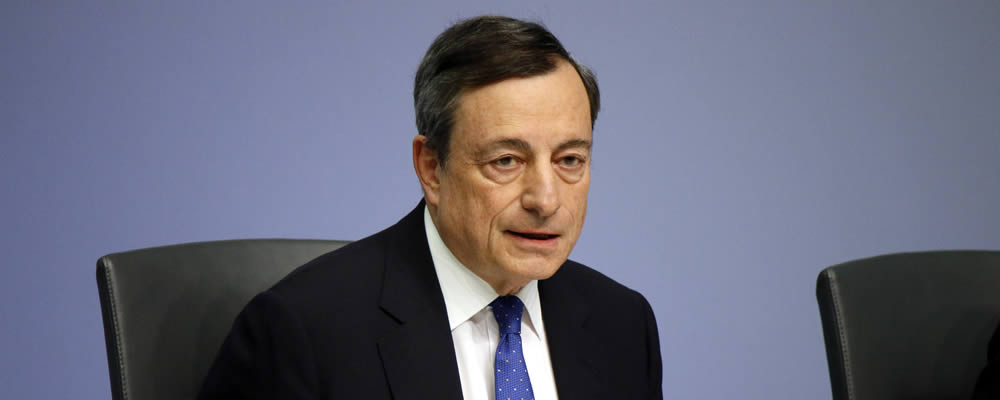Seemingly hawkish commentary from European Central Bank (ECB) President Mario Draghi prompted the Euro to rally strongly.
Draghi’s comment that the Eurozone still needs a ‘considerable degree’ of stimulus encouraged investors, as a potentially significant shift in tone from previous statements that ‘very substantial’ stimulus remained necessary.
This prompted bets that the central bank could return to a truly hawkish policy outlook sooner than anticipated, driving the Euro Australian Dollar exchange rate higher.
However, the Euro may struggle to sustain its bullish form for long, given that the ECB is still unlikely to return to a monetary tightening bias any time soon.
As Jean-François Robin, research analyst at Natixis, noted:
‘A rise in interest rates is not on the cards any time soon, especially since the inflation forecasts were revised downwards (just 1.6% expected in 2019, when the ECB defines price stability at inflation rates below 2%, which is the case, but close to 2%, which is not really the case). We are still some way off meeting the ECB’s four official criteria for raising interest rates.’
Confidence in the single currency could soon soften if the latest German and Eurozone consumer price index reports point towards a continued weakening in inflationary pressure.
If the German inflation rate dips from 1.5% to 1.4% on the year in line with forecasts this could prompt the EUR AUD exchange rate to slump sharply.
Australian Dollar Could Rally on Stronger Private Sector Credit
Support for the Australian Dollar, meanwhile, remained somewhat limited as the ANZ Roy Morgan weekly consumer confidence index fell from 112.4 to 111.8.
With the general sense of market risk appetite muted in the early week investors saw little reason to favour the commodity-correlated currency.
Copper prices retreated from last week’s eleven-week high, coming under pressure as the latest US data indicated that the world’s largest economy is in less robust health.
Although the odds of the Federal Reserve pursuing a more aggressive pace of monetary tightening have weakened in recent days this was not enough to bolster the appeal of the ‘Aussie’.
Demand for the antipodean currency could pick up in the near term, however, if Friday’s private sector credit figures prove encouraging.
Higher levels of credit would indicate a greater level of confidence within the domestic economy, offering the Australian Dollar a rallying point.
Even so, if the latest Chinese manufacturing PMI exacerbates worries over the health of the global economy and commodity demand then the EUR AUD exchange rate could extend its gains further.
Current EUR AUD Interbank Exchange Rates
At the time of writing, the Euro Australian Dollar exchange rate was making gains around 1.4792. Meanwhile, the Australian Dollar Euro exchange rate was slumped in the region of 0.6756.



